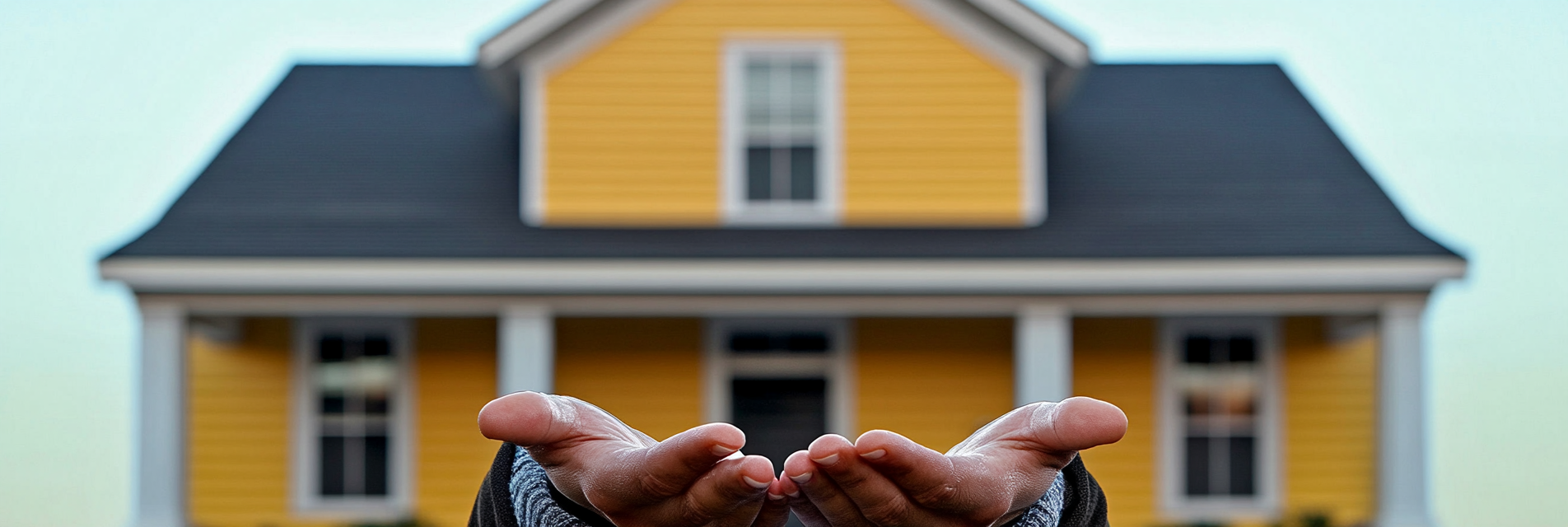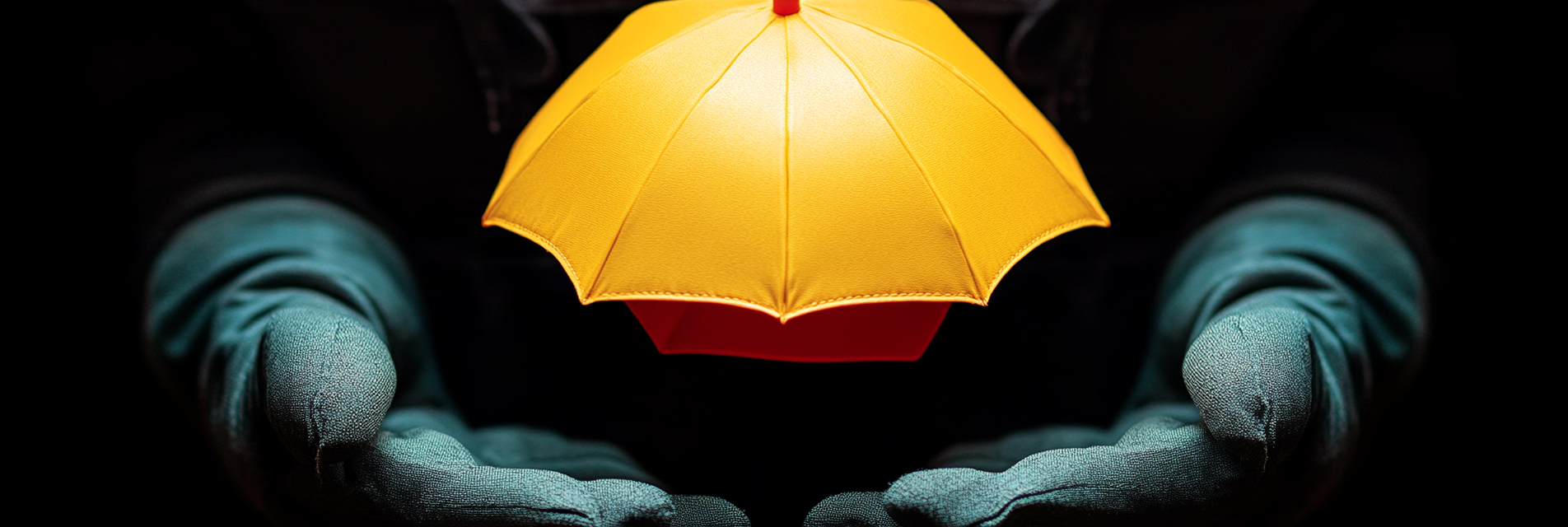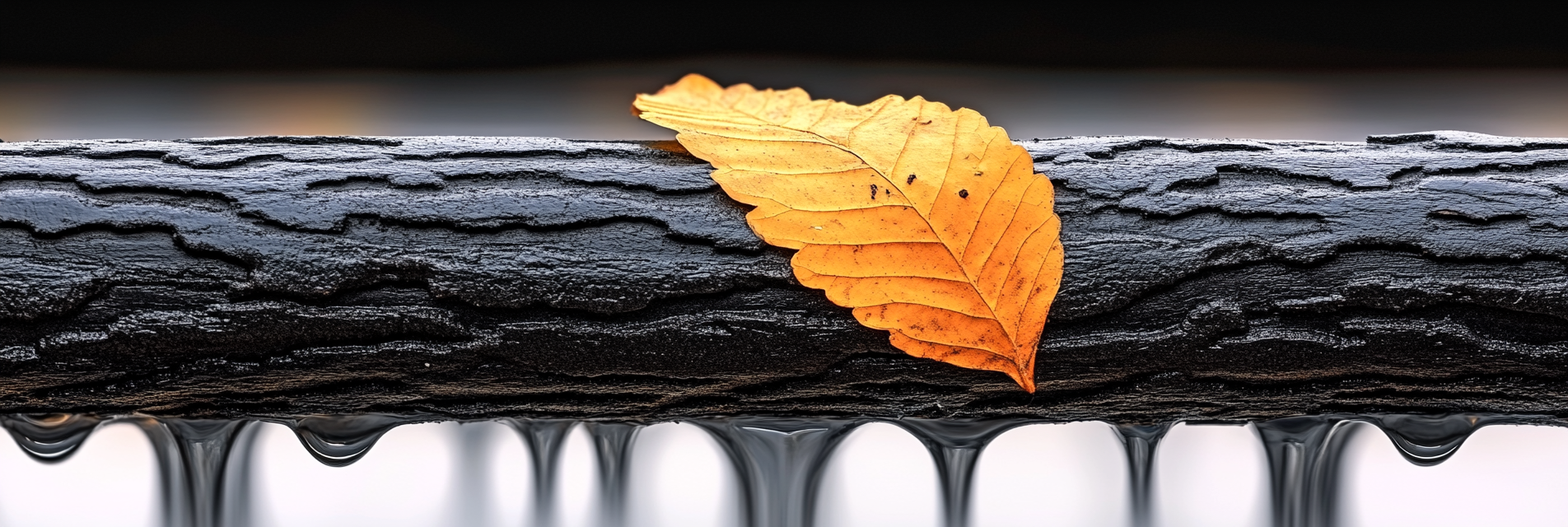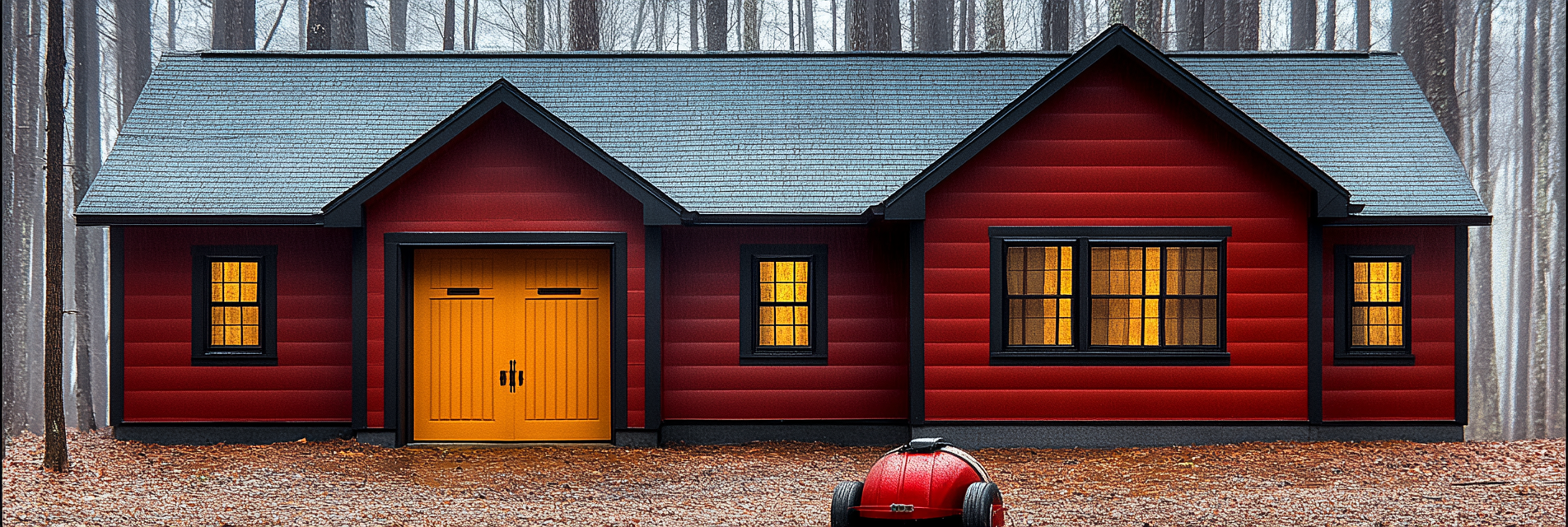Natural disasters can strike without warning, leaving damage to your house and your wallet. It’s important to be aware of the types of insurance available and what you should buy to be properly covered here in Kennewick, Pasco, Richland, and all our outlying areas. This article will break down various natural disasters and explain what types of insurance cover them.
1. Floods and Flood Insurance
Floods are a common natural disaster – even here in the Tri-Cities, but many homeowners are surprised to find that standard home insurance policies do not cover your home from damage from a flood.
Why You Need It:
Flooding can result from heavy rain, storm surges, or river overflow. The damage can impact the structure of your home, electrical systems, and personal belongings.
How to Get Coverage:
- Purchase a separate flood insurance policy through the National Flood Insurance Program (NFIP) or a private insurer.
- Assess your home’s flood risk using FEMA’s Flood Map Service Center.
Product Recommendation: Use waterproof storage containers to store important documents and valuables in the event of a flood.
2. Earthquakes and Earthquake Insurance
Standard home insurance policies do not cover damage caused by earthquakes. Earthquake insurance is important for homeowners in certain regions.
What Earthquake Insurance Covers:
- Structural damage to the house
- Repairs fo cracks in your foundation
- Personal property losses because of the seismic event
How to Add Earthquake Coverage:
- Add an earthquake endorsement to your existin insurance policy, or purchase a separate policy from providers specializing in earthquake coverage.
Product Recommendation: Some people use seismic straps for securing large appliances and preventing damage.
3. Wildfires and Fire Insurance
Fire damage is often covered under standard home insurance policies. However, for those living in high-risk wildfire areas, additional coverage might be needed to give you full protection. Here in the Tri-Cities, we have fire season so it’s important to check what your policy actually covers and doesn’t cover when it comes to fire risk from outside the home.
What to Check in Your Policy:
- Confirm if your policy covers both fire and smoke damage.
- Ensure that the policy limit matches the estimated cost to rebuild your home in the event of a total loss.
How to Strengthen Coverage:
- Increase your policy limit if necessary to reflect current costs of rebuilding your house.
Safety Tip: Install a fireproof safe for storing important documents and other valuables.
4. Hurricanes and Windstorm Insurance
Hurricanes and windstorms can cause severe damage, but coverage for these events varies by location. We call them Tri-Cities hurricanes, because we can get hurricane-force winds sometimes.
Key Points to Consider:
- Check if wind damage is included in your home insurance.
- Some policies in hurricane-prone areas have a separate deductible for wind damage. So, you pay more to get your insurance to kick in.
Supplemental Coverage Options:
- Windstorm insurance through specialized providers
- Endorsements that include coverage for wind and hail
Product Recommendation: Hurricane shutters for added protection against wind damage.
5. Tornadoes and Insurance Coverage
Tornado damage is usually covered under standard home insurance policies as part of wind damage. However, reviewing your policy is essential to ensure adequate coverage.
What’s Typically Covered:
- Structural damage from wind
- Damage from debris
Steps to Take:
- Review your policy for specific exclusions related to high winds. Read this great article we posted abour reviewing your policy: https://dryerfirefighters.com/reviewing-your-home-insurance-policy-annually-why-its-important-and-how-to-do-it/
- Make sure your policy limit is high enough to cover potential rebuilding costs.
Safety Tip: Install storm-proof windows to minimize damage during high winds.
6. Natural Disasters Not Covered by Standard Policies
Certain natural disasters, such as sinkholes and landslides, are typically not covered by standard home insurance policies.
How to Get Protection:
- Purchase separate policies or endorsements for these specific risks.
- Contact an insurance agent to explore specialized coverage options. We personally work with Adam Hoover at Country Financial and highly recommend him: https://advisors.countryfinancial.com/usa/wa/kennewick/adam-hoover
Expert Tip: Regularly inspect your property for signs of land instability, especially if you live in an area prone to sinkholes or landslides.
Conclusion
Understanding the types of natural disasters that are covered and not covered by your home insurance policy is an important part of protecting your finances should an event occur. Ensure you review your policy for exclusions, consider endorsements for high-risk events, and explore supplemental policies depending on what part of the world you live. Here in the Tri-Cities, we at Dryer Fire Fighters encourages all our fellow homeowners in Kennewick, Richland, Pasco, and beyond to stay proactive by ensuring their homes are properly insured and prepared for natural disasters.
Serving the communities of:
Kennewick | Pasco | Richland | West Richland | Finley | Burbank | Benton City | Prosser | Grandview | Connell
As the sole certified dryer exhaust technician recognized by CSIA.org in the Tri-Cities area, Paul brings a wealth of expertise to fire prevention. His primary focus lies in addressing the root cause of many residential fires: lint buildup in dryer cavities and vents. Through rigorous inspections and thorough cleanings, Paul ensures that families and businesses can enjoy peace of mind, knowing their properties are safeguarded against fire risks.









































